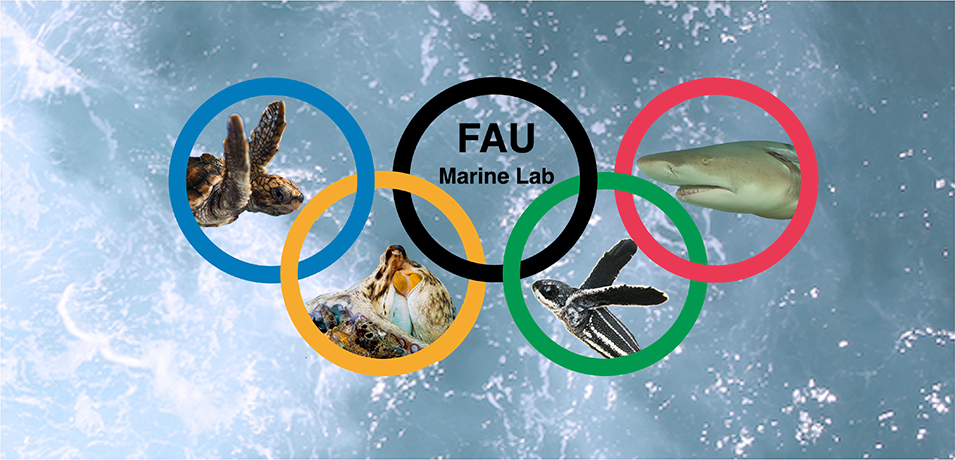
Author: Sam Trail
Date: July 15, 2024
Just like the five Olympic Rings, the five oceans of the world are all connected. With the excitement and anticipation of the Summer Olympic Games upon us, we are left to wonder, who might be our Marine Animal Olympians? We let our imaginations lead us to a list of impressive candidates.
Instead of the flickering flames of a ceremonial torch to kick off the start of the games, we dreamed of the illuminated lure of the angler fish or the waves of bioluminescent algae. As an alternative to a distant swim up the mouth of the Seine River to Paris (nearly 230 miles, or 370 km, along the Seine River), we imagined the journeys of our migratory FAU Marine Lab animals, and how they might fit into the competition!
With these wild thoughts firmly in mind, enjoy our hypothetical competitors in the 2024 Marine Animal Olympics:
Even the impressive reigns of Michael Phelps (28 Olympic medals) and current “phenom” Katie Ledecky (11 Olympic medals and growing) would be no match for a team of Marine Animal Olympians. The migratory sea turtles and sharks we study would easily sweep the podium in the long-distance swimming events. Sea turtles can travel hundreds to thousands of miles, sometimes crossing entire ocean basins, from foraging grounds to nesting beaches. Even young turtles can travel a significant distance within the currents around the Sargasso Sea as satellite tag studies from this lab have shown. Blacktip sharks, on the other hand, hug the southeastern coast of the United States as they migrate seasonally to remain in comfortable water temperatures.
Meanwhile, speedsters like the Mako shark would leave the competition eating their bubbles in the sprint events with a top speed of nearly 50 miles per hour (80 km/h)! Mako sharks generally use their quickness to capture prey instead of golden athletic hardware. Check out a publication from Dr. Marianne Porter’s lab on the mechanical behavior of the vertebral elements that make this speed possible.
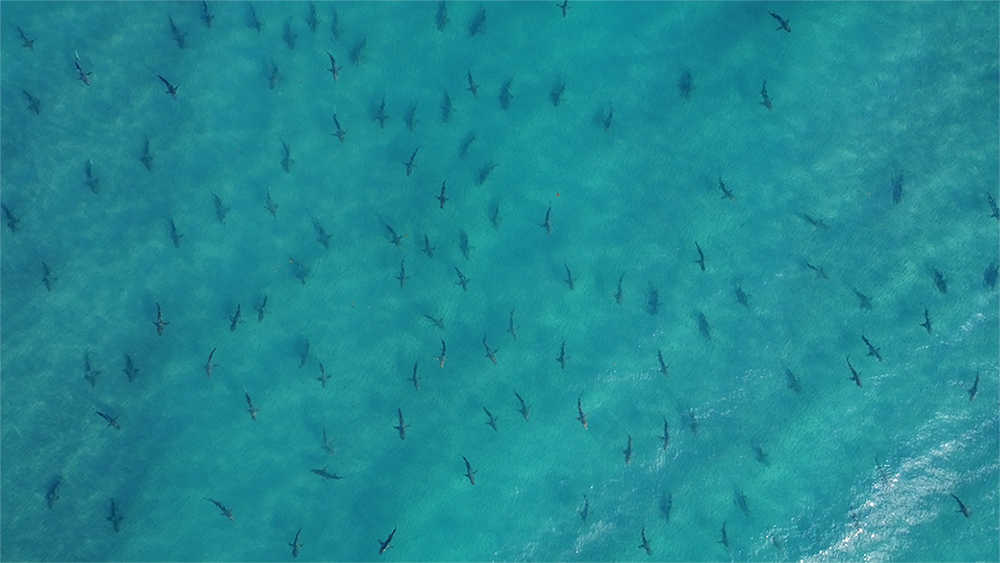
Nearly every summer within the tanks of the FAU Marine Lab, you will find three species of sea turtles native to our south Florida waters. Although quite young during their time with us, one species stands out as an impressive diver, even while they are small. The leatherback sea turtle with its compressible shell and impressive ability to hold its breath, has been recorded reaching depths of over 4,000 feet (1,200 meters)! This makes them the deepest diving reptiles on the planet, approaching some of the records set by diving marine mammals. Even young leatherbacks can dive well beyond 30 meters when released after a short time at our facilities. (Check out our recent collaborative publication with these dive depths! ) There are many marine mammals that might make taking the gold challenging for even the deepest diving turtle, but we are confident leatherbacks would make the Olympic diving podium!
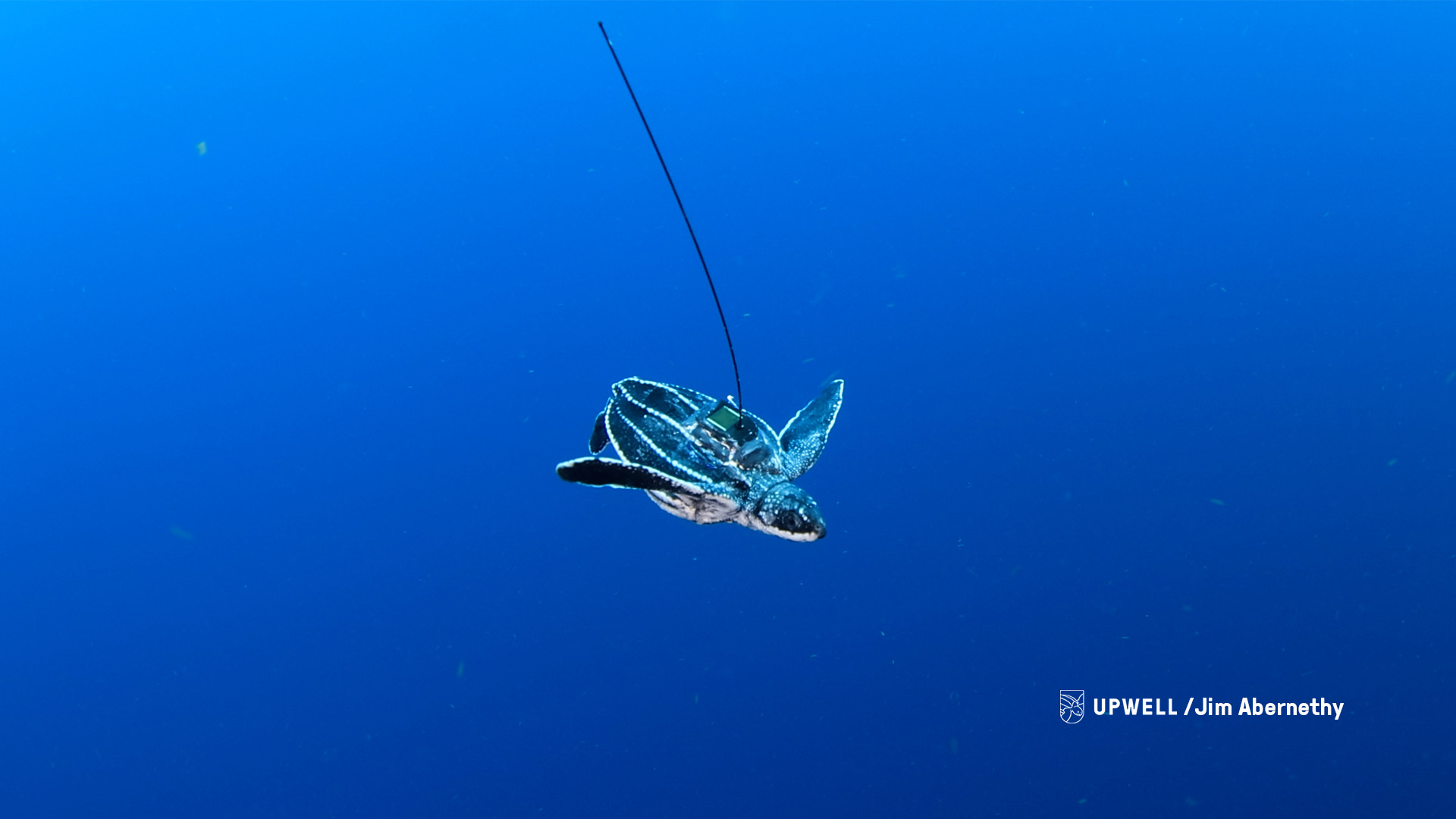
So far, we have highlighted the “wettest” events of the Olympics games, which would clearly be advantageous to our aquatic athletes. So, how would some of our competitors fare in an event that required both terrestrial and aquatic movements? One such event is the steeplechase, in which athletes traverse 28 barriers and 7 water jumps as they make their way around an athletic track. Mature female sea turtles crawl onto the beach to nest several times throughout the nesting season. Although quite a laborious feat, they are able to navigate both land and sea. Even some fishes can walk on land! The epaulette shark can survive up to two hours crawling in a low-oxygen environment out of water. (Learn about those movements from our lab .) This time might not sound too impressive, but when we compared to the inverse, we can appreciate the accomplishment – the world record for a human (terrestrial air-breathers) holding their breath underwater without SCUBA gear is just a quarter of that time. It is almost certain these marine animals loosely termed “amphibious” would not receive a medal, but a valiant effort for just competing!
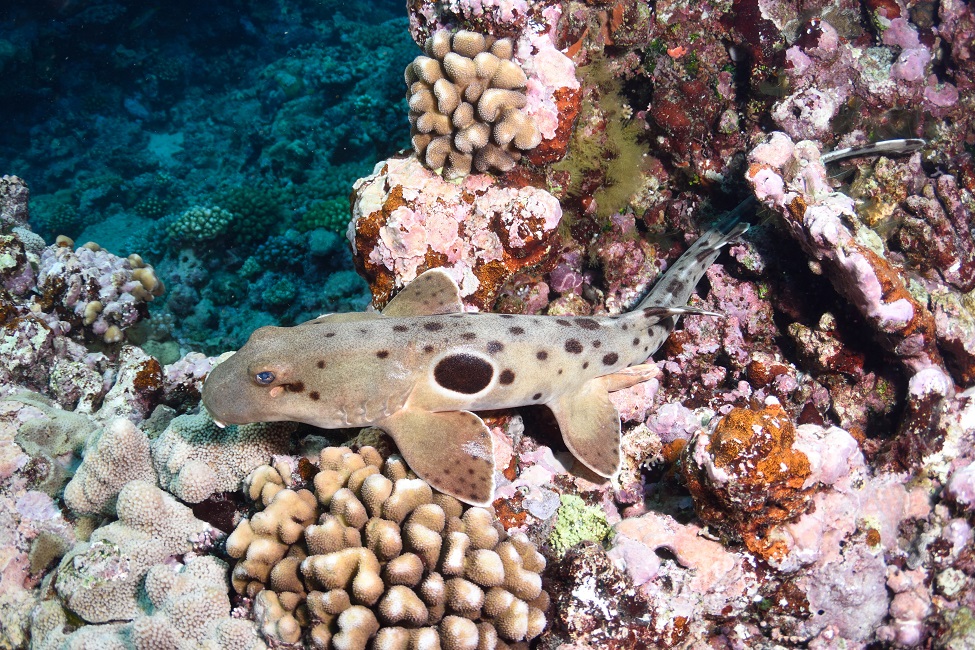
Simone Biles continues to set records with her flexibility and strength on the mat, but we think octopus could be stiff competition! At times, the opposite of “stiff,” with no bones and a muscular hydrostatic skeleton (think of your tongue or an elephant’s trunk!), octopuses can move their arms in any direction and have nearly unlimited degrees of freedom bending, twisting, shortening, and elongating. Their arm strength is also impressive – prying open bivalves for a tasty snack. Glenn W. & Cornelia T. Bailey Marine SEA Scholars Postdoctoral Fellow, Dr. Chelsea Bennice, is currently investigating the arm flexibility of these aquatic acrobats. The upcoming results of this study will help us determine if the octopus would make the gymnastics podium in Paris!
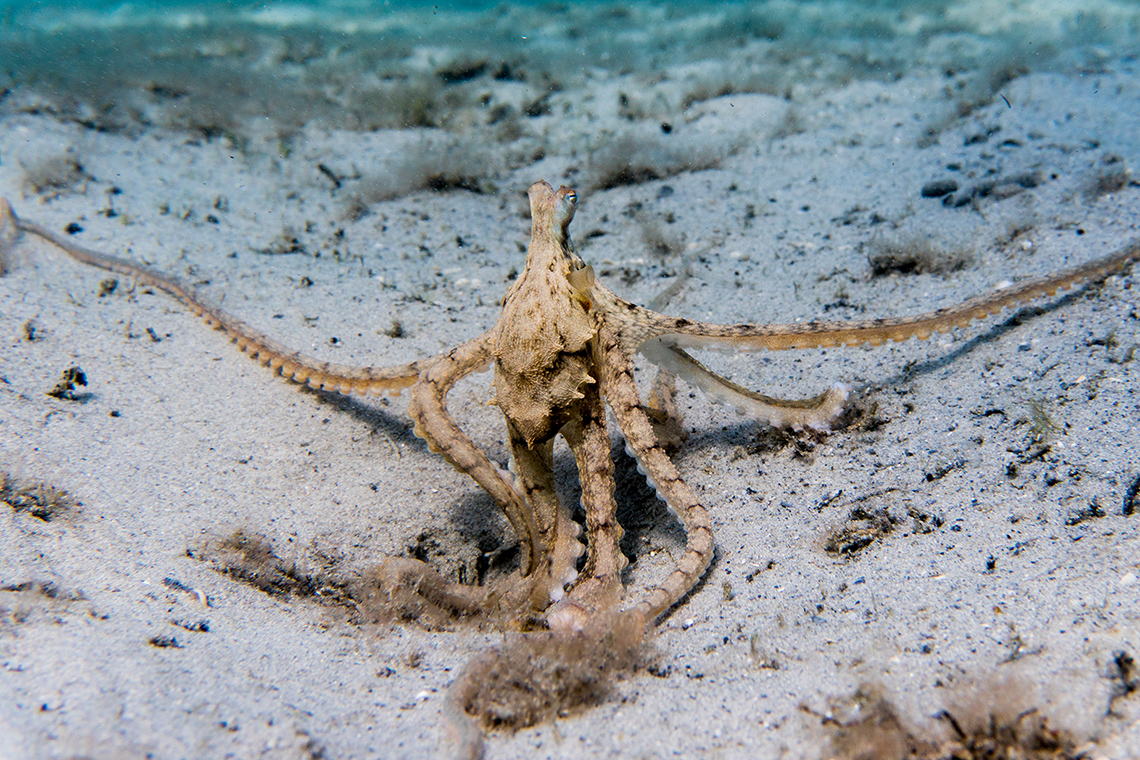
We have covered the impressive individual efforts of our sea-bound athletes, but what about a team sport like soccer? It is said that there is no ‘I’ in team, but technically there is an E, A, and T! Cetaceans (a group of marine mammals composed of dolphins, porpoises, and whales) often cooperate in groups, just like a team, to maximize food acquisition. Dolphins have been known to work together to drive schools of fish into shallower waters or even onto the shore where they are easier to catch. Some whales, such as the humpback, cooperate to produce a circular “net” that surrounds and concentrates schools of fish, driving them to the surface for easy consumption; unlike a soccer net, this one is made of bubbles! Although cetacean research at the Marine Lab is currently focused on the role of supporting structures (like their vertebral column) in locomotion , rather than how individuals cooperate to catch their prey, we will gladly include whales or porpoises on our Olympic team!
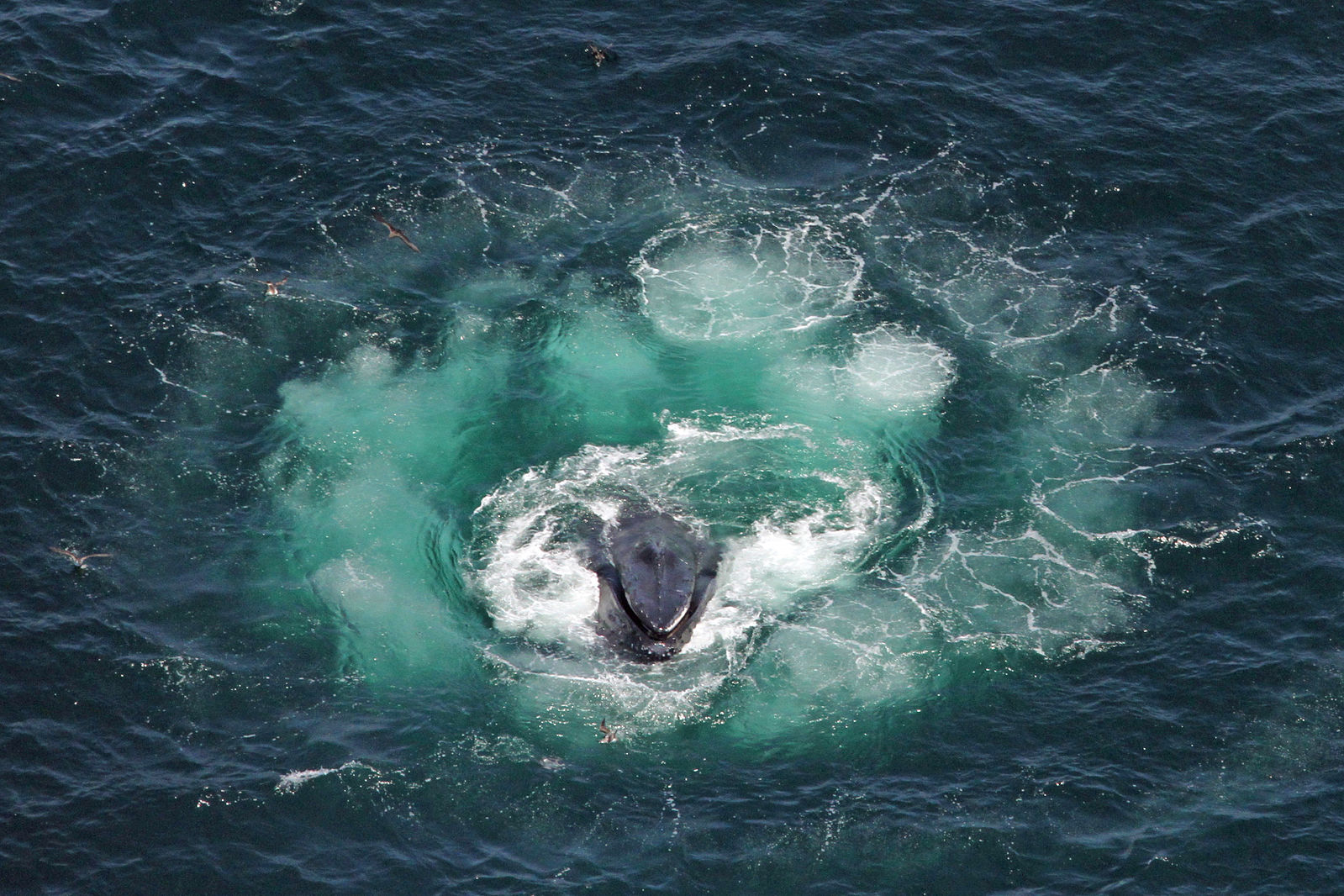
Photo credit: Christin Khan, NOAA
As you ooh and aah over the impressive accomplishments of international bipedal competitors during the 2024 Summer Olympic games, we encourage you to think about our everyday marine Olympians as well. With this new perspective, the smooth flow of a ribbon in rhythmic gymnastics may become rippling blades of seagrasses and the swift strike of a fencing foil may transform into a thresher shark tail whip!